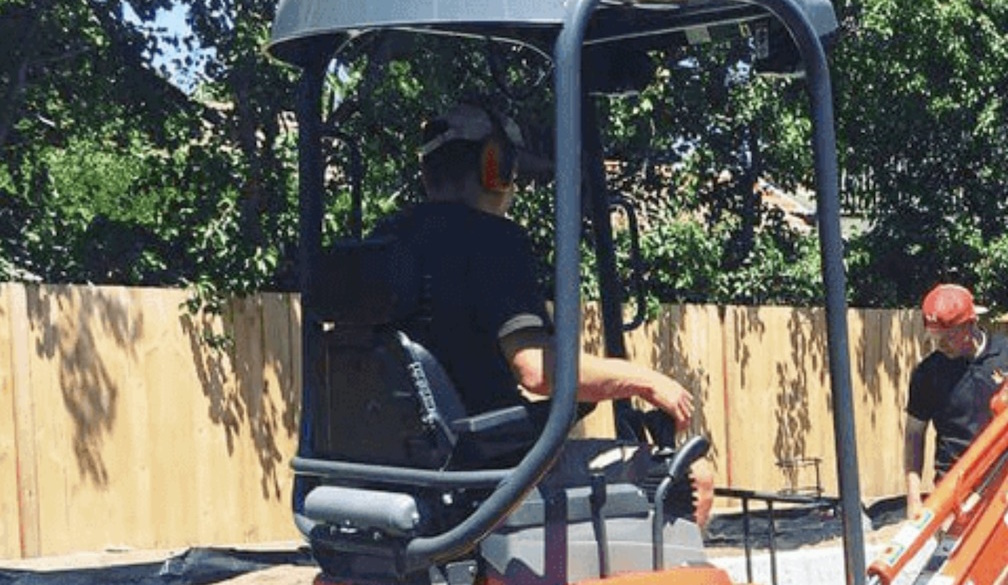What does ‘infanticide’ mean in NZ law?
- Written by Kris Gledhill Professor of Law, Auckland University of Technology

Lawyers are fussy about language because it is their job to argue about its implications. The current trial of Lauren Dickason is a case in point, and the jury has a complex task in front of it.
Dickason is charged with the murder of her three young children. She denies the charges, with her defence seeking findings of “insanity” and “infanticide”. The latter may seem like a statement of the obvious, given Dickason does not deny the killings. But the word has a very distinct meaning in law.
What legislation and other sources of law mean is often contestable, and there may be specialised definitions. An added complication is that the rules and words in play may have been formulated decades ago.
This is often the case in criminal law, including the law of homicide and the law relating to insanity. Since homicide trials often have a high profile, public understanding of these complications is important.
Get news that’s free, independent and based on evidence.
Murder and manslaughter
New Zealand’s main homicide law is found in the Crimes Act 1961. But the language used reflects a structure that goes back to English law from centuries ago, and is split into two offences: murder and manslaughter.
Basically, murder is killing someone with “malice aforethought”, and manslaughter is any other culpable killing. (A killing will not be homicide if there is a justification, such as reasonable force in self-defence.)
There were originally three types of malice. “Express malice” was a deliberate killing. “Implied malice” was when the person intended serious harm and showed a lack of care for human life. “Constructive malice”, which appears in US TV shows as the “felony murder rule”, arose from killing when committing another violent offence.
With updated language, we still have that basic structure in New Zealand. But variations were introduced largely to avoid the formerly mandatory death penalty for murder, by allowing the offence to be stepped down to manslaughter.
These are sometimes referred to as “defences” to murder, but they are only partially so because they lead to conviction of another offence.
So, if the person charged was part of a mutual suicide agreement, that is expressly classified as manslaughter. We used also to allow provocation to turn a killing into manslaughter, though only if a reasonable person would also have lost self-control.
That condition was removed after Clayton Weatherston tried to use it in his trial for the 2008 murder of Sophie Elliott.
Infanticide and insanity
Some other countries also allow a manslaughter conviction where someone has a mental disorder that reduces their moral culpability for a killing. New Zealand has never had such “diminished responsibility” – except in relation to infanticide.
Infanticide has a legalistic meaning in the courtroom: it does not mean the killing of an infant. Rather, it is an offence that can only be committed by a woman.
Secondly, it must involve a child of that woman who is under ten years of age. It must involve what would otherwise have been murder or manslaughter.
Read more: Murder or infanticide? Understanding the causes behind the most shocking of crimes
Crucially, the jury must find that that the woman “should not be held fully responsible” because of the extent to which “the balance of her mind was disturbed” from the effects of childbirth, lactation or any disorder caused by childbirth or lactation.
If this series of steps is met, then the offence is called infanticide, which carries a maximum sentence of three years.
But the legislation also notes that if the defendant’s disorder was so great that there was insanity, then there must be a “special verdict of acquittal on account of insanity caused by childbirth”.
Modern psychiatry and Victorian language
The law relating to insanity still uses language from Victorian times. It applies to all offences, though it is most prominently used in homicide cases.
It requires “natural imbecility or disease of the mind” producing a situation in which the defendant does not know what they are doing, or does not know that it is morally wrong. Clouded understandings do not amount to insanity.
Read more: How the insanity defence against a murder charge works
It is not limited to disorders arising from childbirth: that is an overlap only in an infanticide setting. The doctors giving expert evidence have to try to mould modern understandings of psychiatry into this outdated legal framework, which has limited nuance to it.
A finding of insanity used to lead to the special verdict of “not guilty by reason of insanity”, which in turn usually led to detention in a psychiatric setting. The Rights for Victims of Insane Offenders Act 2021 means the verdict is now “act proven but not criminally responsible on account of insanity”, though with the same consequences.
Read more: Can juries still deliver justice in high-profile cases in the age of social media?
The jury’s challenge
The task for the jury in the Lauren Dickason trial is not helped by the outdated language, however calmly and professionally the judge seeks to explain it.
Having considered whether the deaths would otherwise have been murder or manslaughter, they will then have to consider whether the expert evidence shows there was some disturbance in her mental health.
If so, and if it was caused by childbirth or lactation, was it far enough down the line to amount to infanticide? Or did it go so far as to amount to insanity? The latter can also arise from a mental disorder not linked to childbirth.
This complexity is a good illustration of why we should value only the opinion of those who hear all the evidence, and who have the task of deciding the verdict.
This article first appeared in TheConversation and is republished with permission.



